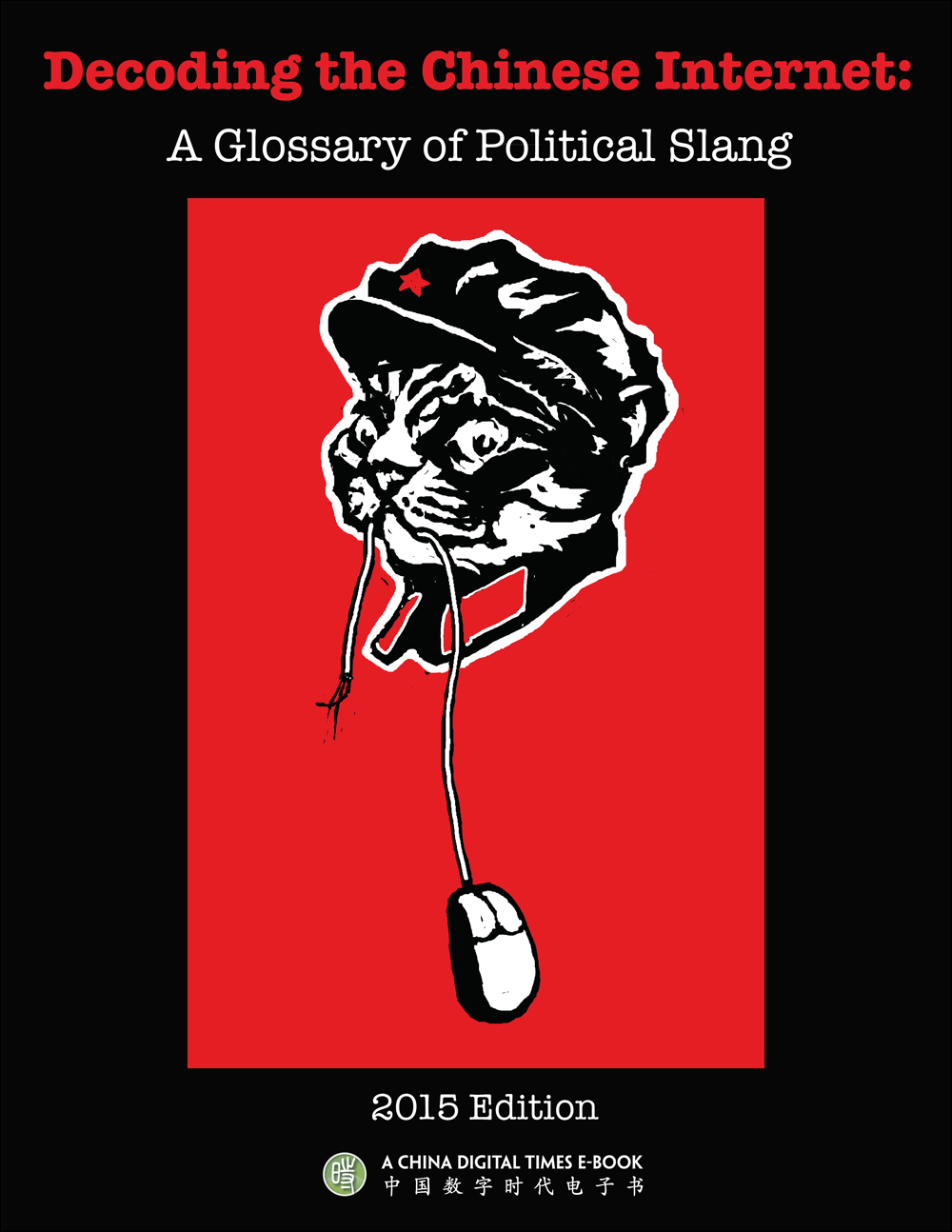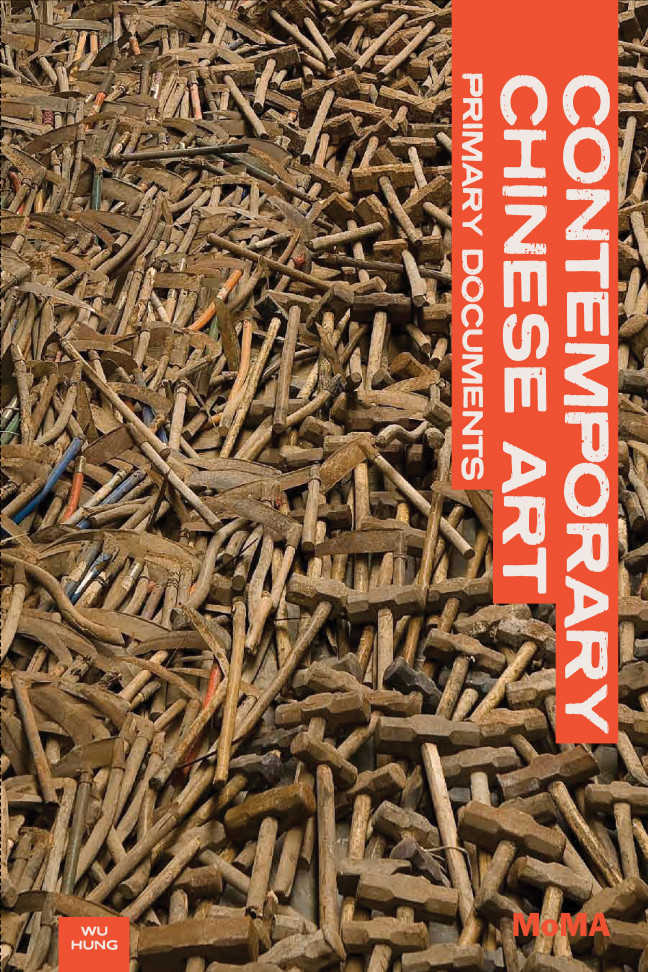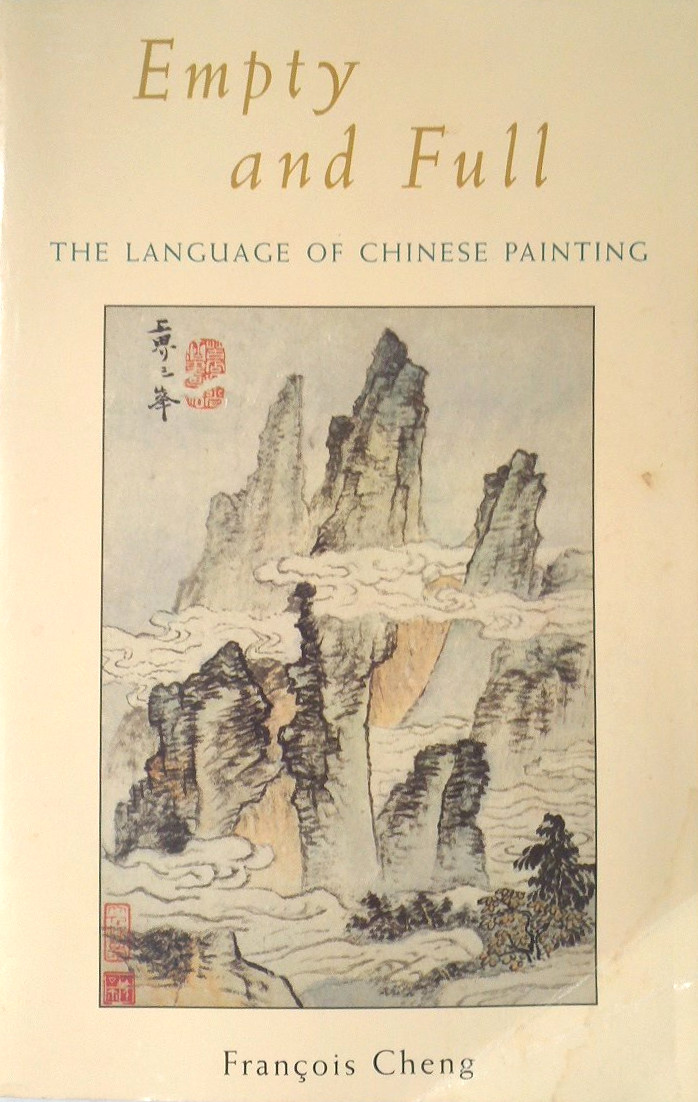Decoding the Chinese Internet: A Glossary of Political Slang, 3rd ed (2015)
Filed under book | Tags: · china, internet, internet activism, memes, netizens, resistance

“China Digital Times maintains a wiki of subversive Chinese Internet language, an essential element of China’s “resistance discourse” which counters state propaganda. This Grass-Mud Horse Lexicon is named after the unofficial mascot of Chinese netizenry, an alpaca whose name sounds nearly the same as a serious profanity. The Lexicon contains hundreds of terms and since 2013 the most time-tested and ubiquitous ones have been compiled into ebook glossaries.
This third edition of Decoding the Chinese Internet includes new coinages and iconic turns of phrase. Organized by broad categories, it guides readers through the raucous world of China’s online resistance discourse. Students of Mandarin will gain insight into word play and learn terms that are key to understanding Chinese Internet language. But no knowledge of Chinese is needed to appreciate the creative leaps netizens make in order to keep talking.”
First published in 2013
Third edition
Introduction by Xiao Qiang and Perry Link
Publisher China Digital Times, June 2015
Creative Commons BY-NC-SA 4.0 International License
ISBN 9780989824347
69 pages
HT amy
Commentary: Washington Post (2015), Public Radio International (2015).
pay-what-you-want PDF
PDF (5 MB)
Wu Hung (ed.): Contemporary Chinese Art: Primary Documents (2010)
Filed under book | Tags: · 1970s, 1980s, 1990s, art history, avant-garde, china, contemporary art

This sourcebook and anthology is “a collection of selected texts that includes artists’ manifestos, exhibition catalogue texts, essays by critics, and interviews with key artists, many of them available in English translation for the first time. Arranged in chronological order and framed by contextual explanations, these documents guide readers through the developments in the Chinese art scene from the late 1970s to the 2000s.”
Edited with the assistance of Peggy Wang
Publisher Museum of Modern Art, New York, 2010
ISBN 9780822349433, 0822349434
xvi+455 pages
Reviews: Bloomer (China J 2011), Winterton (Taipei Times 2011), Pearlman (Leonardo 2011), Dal Lago (ARTmargins 2014).
PDF (21 MB, updated on 2023-9-19)
Additional texts (PDFs)
François Cheng: Empty and Full: The Language of Chinese Painting (1979–) [ES, EN]
Filed under book | Tags: · art criticism, art history, china, painting, philosophy, semiotics

“Chinese painting might be called ‘philosophy in action,’ for it is one of the highest expressions of Chinese spirituality. Both a medium for contemplation leading to self-transcendence and a microcosm embodying universal principles and primal forces, it is a means for making manifest the Chinese worldview. At the heart of this worldview is the notion of emptiness, the dynamic principle of transformation. Only through emptiness can things attain their full measure and human beings approach the universe at the level of totality. Focusing on the principle of emptiness, François Cheng uses semiotic analysis and textual explication to reveal the key themes and structures of Chinese aesthetics in the practice of pictorial art. Among the many Chinese writers, poets, and artists whose writings are quoted, he gives special emphasis to a great Ch’ing dynasty theoretician and painter, Shih-t’ao. Twenty-seven reproductions of the words of Shih-t’ao and other masters illustrate the interpretive commentary.”
First published as Vide et plein: le langage pictural chinois, Seuil, Paris, 1979.
Translated by Michael H. Kohn
Publisher Shambhala, Boston and London, 1994
ISBN 0877739560, 9780877739562
ix+158 pages
via doublr
Vacío y plenitud (Spanish, trans. Amelia Hernandez and Juan Luis Delmont, 1985/93, 13 MB, via Amir Brito)
Empty and Full (English, trans. Michael H. Kohn, 1994, 8 MB)

